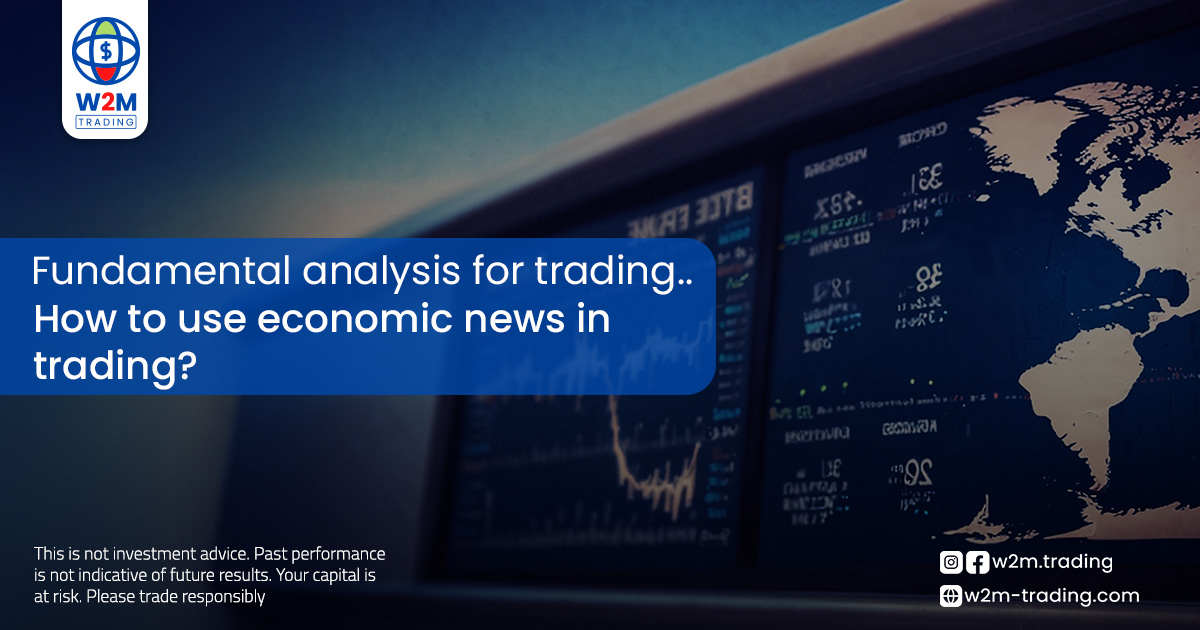- Attractive Education
- Beginner to Advance
- Flexible Timing

Fundamental analysis is one of the main approaches used to evaluate financial markets. It relies on studying the economic, political, and social factors that influence the value of financial assets. This type of analysis helps traders understand the forces affecting market supply and demand, enabling them to make better trading decisions.
Fundamental analysis depends on a set of key economic data, including:
Gross Domestic Product (GDP): One of the most important economic indicators used to assess the overall health of an economy.
Interest Rates: Central bank interest rate decisions have a major impact on financial markets.
Unemployment Rates: These indicate how well an economy is able to generate job opportunities.
Inflation: High inflation can erode a currency’s purchasing power.
Fundamental analysis involves tracking economic data released by governments and central banks. These include:
GDP reports
Interest rate decisions
Employment and jobless claims reports
Consumer Price Index (CPI) and other inflation indicators
Fundamental analysis is a powerful tool that helps traders:
Identify Market Trends: By understanding the factors that affect supply and demand.
Predict Price Movements: Based on economic data and geopolitical events.
Make Informed Decisions: By evaluating the underlying strength or weakness of markets and assets.
Economic news analysis is a key part of fundamental analysis. When important data such as central bank decisions or employment reports are released, they can cause sharp movements in the market.
Traders analyze these releases to determine their impact on various assets.
In Forex, fundamental analysis focuses heavily on economic events that affect currencies. These include:
Political Decisions: Such as elections or major policy changes that may impact currency stability.
Economic Data Releases: Like GDP reports and inflation figures.
Corporate Earnings Reports: Financial reports issued by large companies that can affect stock values.
When the U.S. Non-Farm Payrolls (NFP) report is released, it has a direct effect on the U.S. dollar.
If job growth is stronger than expected, the dollar may rise.
If the data is weaker than expected, the dollar may fall.
Traders use this data to anticipate and respond to market movements.
Asset Evaluation: Fundamental analysis helps traders determine whether an asset is overvalued or undervalued.
Trading Major Events: Events like interest rate decisions or elections can create major opportunities in the market.
Identifying Long-Term Trends: It helps traders understand the long-term economic drivers behind asset prices.
Most traders combine both fundamental and technical analysis to get a full picture of the market.
Technical Analysis provides insight into historical price movements.
Fundamental Analysis explains why these movements happen.
Using both methods allows traders to make more accurate and confident trading decisions.
With fundamental analysis, you can better understand market forces and how economic news impacts price movements. By following these strategies, you’ll be able to make smarter decisions and achieve better results in your trading journey.
This site is protected by reCAPTCHA and the Google
Privacy Policy and
Terms of Service apply.